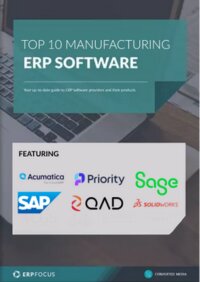Five ways Drum-Buffer-Rope scheduling can boost your manufacturing performance
Drum-Buffer-Rope, or DBR, scheduling sounds complicated, but in fact, it is a type of scheduling that manufacturers should embrace as it simplifies the manufacturing process. Once you understand how it works, and get it up and running in your shop, DBR is one of the best tools that custom manufacturers can use to vastly boost manufacturing performance.
Accurate scheduling in custom manufacturing environments can be extremely complicated as it involves many departments, components, tasks, and long-lead items. But DBR scheduling helps custom manufacturers by identifying the resource in your shop that is slowing things down, and then creates a schedule around that resource, making your entire shop run smoother and perform better.
What is DBR scheduling?
Drum-Buffer-Rope (DBR) is a scheduling solution that is derived from the Theory of Constraints (ToC). The fundamental principle of DBR scheduling is that within any manufacturing plant there is a Drum—one, or a limited number of, scarce resources—which controls the overall output of the shop. According to ToC the performance of the system's constraint—the Drum—will determine the performance of the system as a whole.
The first step in creating a DBR schedule is to identify the Drum. The Drum is typically the most heavily loaded resource or work center in your shop. Once the Drum is identified, a DBR scheduling tool automatically prepares a detailed schedule accounting for the Drum, and each job and task on a project is prioritized and scheduled. A DBR schedule squeezes the highest possible level of performance from the Drum, and thus is the most effective and efficient schedule for the shop as a whole.
To ensure that you won’t get behind on your schedule and that your production won’t be disrupted, a Buffer is put in place to guard against delays and problems. The Buffer is a period of time that is designed to protect the Drum resource from problems that occur upstream from the Drum operation. What this means is that the Drum will never be starved for work, and that jobs will pass through to the Drum at the correct pace.
And finally, Ropes, or mechanisms that allow jobs to flow seamlessly through the shop, are identified to ensure smooth production. While the Drum sets the master schedule, and the Buffer provides protection, the Rope communicates and controls the actions necessary to support the production system.
How does DBR improve manufacturing performance?
Once you have identified your Drum, Buffer, and Ropes and created a schedule around the Drum, you will have a more efficient and effective scheduling system, which will let you meet your ultimate goal: to deliver more jobs on time and increase your throughput.
In traditional manufacturing production scheduling systems, production lead times are significantly inflated to allow for inefficiencies such as queue time and wait time at each operation. In DBR scheduling, because the schedule is created around the most heavily loaded resource in your shop, all excess ‘safety time’ is eliminated and products flow through the production system as quickly and efficiently as possible.
Five benefits of DBR scheduling
1. Schedule according to your shop’s actual capacity—and maximize throughput.
This is perhaps the biggest benefit of DBR scheduling, as you are able to schedule your shop to its actual maximum capacity. Instead of building a schedule based off of guesswork, your schedule is developed around and built to support, the resource in your shop that slows you down. A DBR schedule lets your shop run at its most efficient level and maximizes throughput.
2. No more delays
Delays can stop you in your tracks, shutting down your production line—and costing you money. DBR helps prevent costly delays as it gives you an accurate, prioritized schedule to follow. As well, in a DBR schedule, the constraint receives top priority in terms of repairs, maintenance, and setups so you won’t have unexpected equipment downtime, and any delays that do pop up will be absorbed by the buffer time you have built into your schedule.
3. Get more accurate estimated delivery dates—and then deliver on time
Your customers want to know the delivery date for the product they have ordered from you, and your sales team is often nagging you for this information, wanting to provide an ETA to the customer during the sales process. If you are using a traditional manufacturing scheduling system, estimating delivery times is an educated guess at best. But with DBR scheduling, because you can be confident that your plant is running at its maximum throughput level and that you have a prioritized schedule, you can give your customers more accurate estimated delivery dates—and then, more importantly, follow through and deliver their job on time.
4. Stop bottlenecks before they even occur
Bottlenecks on the production floor are one of the biggest problems custom manufacturers face. You think your shop is running smoothly, but before you know it jobs are piling up at one work center. But in DBR scheduling bottlenecks are prevented before they even occur—you can think of a DBR Buffer as a bottleneck buffer, designed to ensure that all prerequisite activities are completed before the constraint, or Drum, is scheduled to begin work. And because of how a DBR schedule is configured, the bottleneck buffer does not increase the duration of a project—it is designed to protect it, and ensure everything runs smoothly and on time.
5. Ensure your staff is working on the right priorities at the right time
Production and operation managers need to ensure that their staff are working on the right set of priorities to ensure jobs get completed and out the door on time. A DBR scheduling tool creates a detailed schedule in which each job and task on a project is prioritized and scheduled in turn. Production managers will always know what needs to be done and when, and can ensure that everyone in the shop is working on the task they need to be doing, to get jobs out the door on time. DBR schedules give you peace of mind that jobs will pass smoothly through your shop and out the door on time.
Free white paper
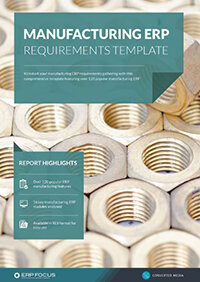
Manufacturing ERP requirements template
Over 120 critical manufacturing ERP features in one downloadable spreadsheet
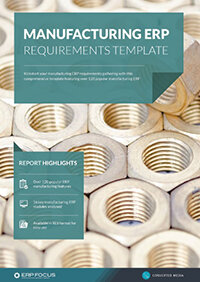
Featured white papers
Related articles
-
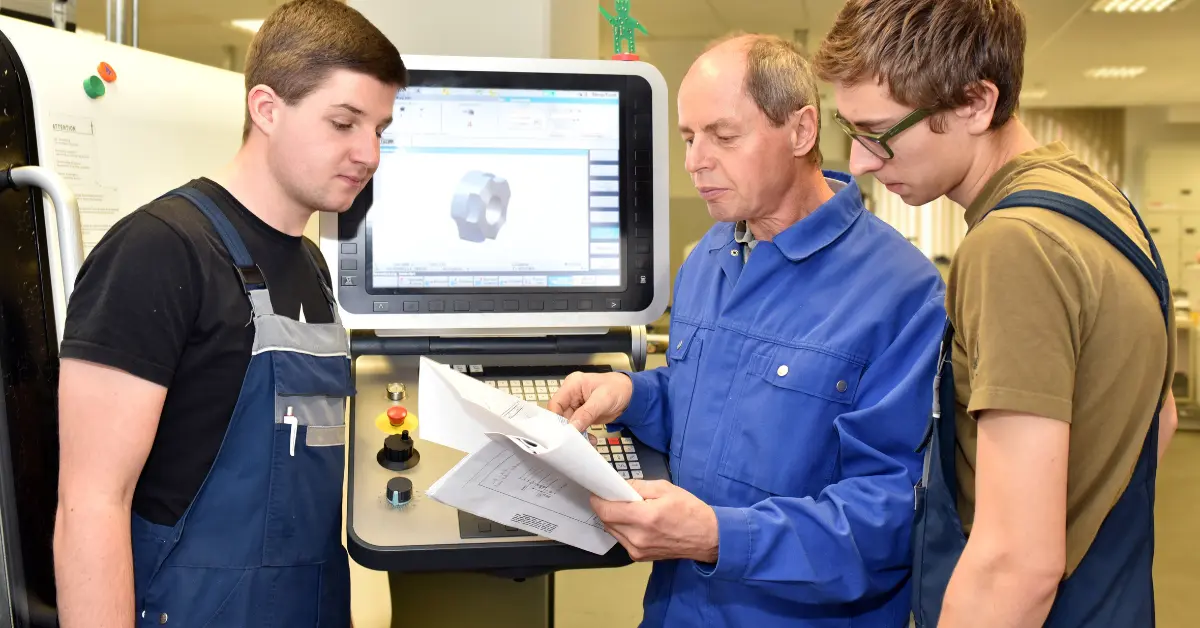
4 training tips for manufacturing ERP success
These four training tips will help your employees get the most out of your new manufacturing ERP ...
-

Secret KPI: Why Your ERP Implementation Team Matters More Than Software
Learn how Godlan ensures successful ERP implementation for manufacturers with proven strategies &...
-
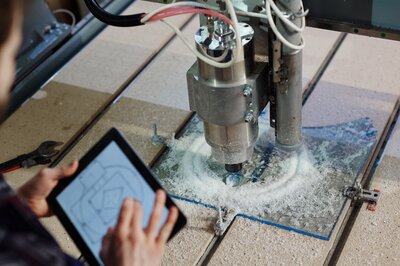
ERP for make-to-order manufacturing
How can ERP help your make-to-order manufacturing business thrive?




